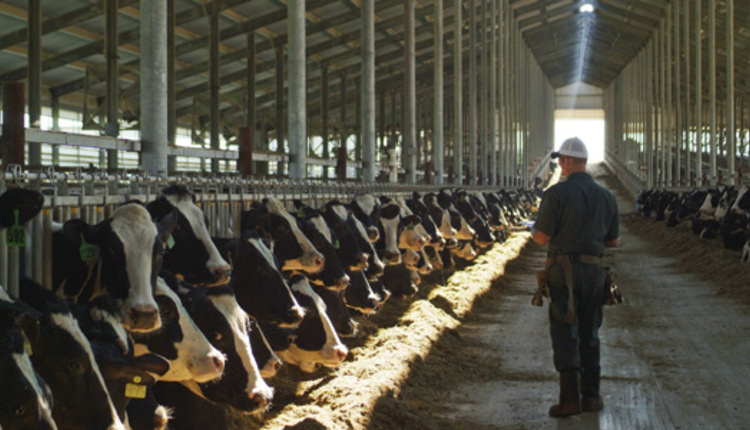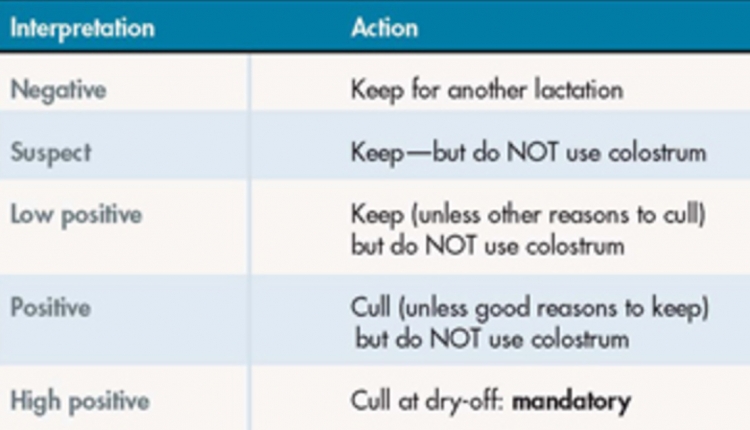Collins is a professor and researcher at the University of Wisconsin School of Veterinary Medicine in the Pathobiological Sciences Department. He headed up the seven-year Healthy Cows - Proven Practices demonstration herd project which included practical research from nine Wisconsin dairy operations. That work is captured in this supplement Healthy Cows For A Healthy Industry.
Eggleston is associate scientist and clinical instructor at the University of Wisconsin School of Veterinary Medicine in the Pathobiological Sciences Department. He was the project manager for the Healthy Cows - Proven Practices demonstration herd project.
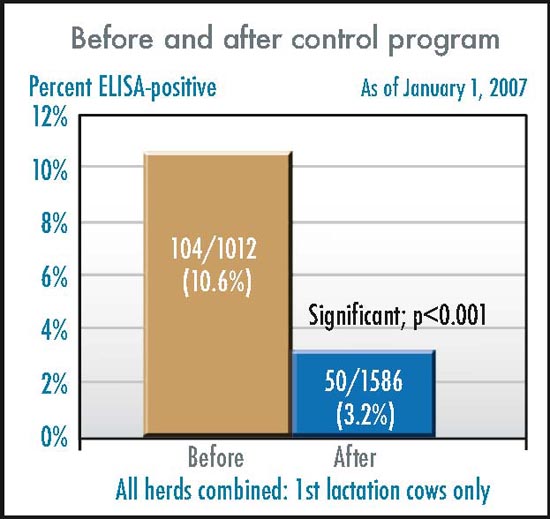
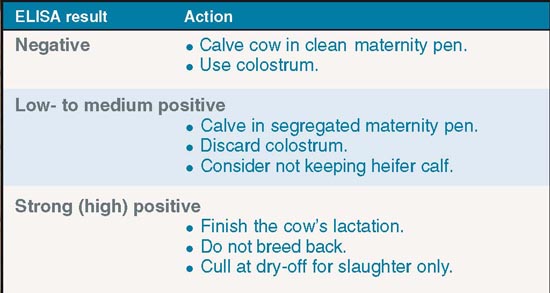
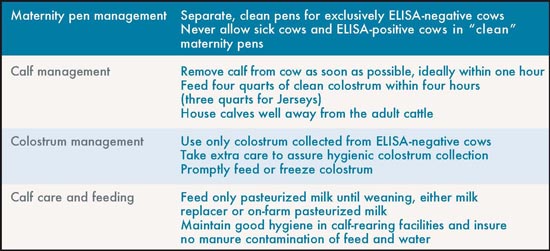
Despite greater awareness of Johne's disease, the negative impact it has on dairy farms continues to grow. Why? Many producers aren't aware that controlling Johne's disease is not only possible . . . it's affordable.
"With a myriad of management issues flaring up on a regular basis, concern about the prevalence of Johne's disease tends to fall below the radar," says Mike Collins, D.V.M. "The net result for the industry, unfortunately, is the continued spread of this disease."
Collins and his colleagues determined that the unchecked growth in the prevalence of Johne's required a field demonstration to evaluate a realistic control program. No Johne's disease study has ever evaluated an entire management and testing protocol on working, commercial farms. "As a result," Collins says, "battling the disease has been hit or miss, and the disease has been winning."
The widespread prevalence of Johne's disease will require an industry-wide effort to solve it. "The first step to an industry-wide solution is proving that Johne's disease control is both possible and affordable," Collins says.
A group of funding partners came together to initiate a long-term, on-farm demonstration. In January 2002, the University of Wisconsin School of Veterinary Medicine began field trials in nine Wisconsin dairy herds.
All of the herds, ranging from 75 to 1,400 cows, were placed on the same control program which included standard infection control management, a herd-testing strategy, culling cows with strong-positive blood tests (ELISA), and managing other test-positives to maximize production income for the producer but minimize chances for infection transmission.
"The management protocol and testing program we used with the herds had to be affordable and achievable," says Vic Eggleston, D.V.M.
A testing program for each herd was initiated as follows:
• Perform an ELISA on blood samples from every cow during every lactation.
• Record ELISA results in each cow's computer record.
• Label all ELISA-positive cows.
• Manage cows differently according to their ELISA results. (See table below left.)
In addition, Eggleston collected herd DHI data and fecal samples. Herd owners were not given the results of the fecal samples to avoid culling bias. "We wanted the producers to make culling decisions based only on the ELISA tests," Eggleston says. "This allows us to evaluate the effectiveness of the ELISA as a testing tool."
The testing program was accompanied by a set of required management changes which Eggleston supervised during regular farm visits. (See above table.)
Effective and affordable . . .
The prescribed management and testing protocol has produced several key results in the battle to control Johne's disease:
Prevalence in first-calf heifers was reduced significantly. All nine herds observed a significant reduction in ELISA-positive, first-calf heifers. Furthermore, the number of first-calf heifers that tested positive based on fecal culture also was significantly reduced in all nine herds. (See graph below.)
"This impact is significant because the nine producers were not given the fecal culture results," Eggleston says. "Although the ELISA test does not detect all the cows shedding the bacteria M. paratuberculosis in their feces, and only the strong ELISA-positive cows are culled, use of the ELISA to detect the most infectious cows does aid culling and management decisions. As a result, prevalence of the infection can be decreased."
Data is currently being compiled on second-lactation cows.
The control program is affordable. "We set out to find a management and testing protocol that producers could afford to implement," Collins emphasizes. "Producers can expect to spend less than $10 per cow per year added expense for ELISA results on blood samples. The cost may become even more affordable if current studies reveal that the same results are possible by testing milk samples. In addition, the recommended management protocol is not expensive . . . it's a matter of making the necessary changes."
The affordability of this program is an important takeaway because producers may not be aware of the cost of allowing Johne's disease to perpetuate itself in the herd. Losses accumulate from lowered milk production, more services per conception, and lower carcass value at slaughter.
"Weighing the cost of tolerating Johne's disease against an affordable and realistic control program, the control program wins," Collins says. "The nine participating herds demonstrate that fact."
The recommended herd management protocol has other benefits. "The changes evaluated in this field demonstration are essentially considered best management practices and are effective in controlling multiple pathogens transmitted from cows to calves by the fecal-oral route," Eggleston points out.
Taking a wider view, Collins says that using best management practices to prevent infectious diseases sends the message that our industry cares about our cows and about producing the best quality product.
The cooperative effort on the demonstration project was the first step in the long-term solution to controlling this disease, Collins says. "Now the industry must cooperate to spread the word that Johne's disease can be controlled and that a serious control program is affordable."
Click here to return to the Animal Care E-Sources
Eggleston is associate scientist and clinical instructor at the University of Wisconsin School of Veterinary Medicine in the Pathobiological Sciences Department. He was the project manager for the Healthy Cows - Proven Practices demonstration herd project.



Despite greater awareness of Johne's disease, the negative impact it has on dairy farms continues to grow. Why? Many producers aren't aware that controlling Johne's disease is not only possible . . . it's affordable.
"With a myriad of management issues flaring up on a regular basis, concern about the prevalence of Johne's disease tends to fall below the radar," says Mike Collins, D.V.M. "The net result for the industry, unfortunately, is the continued spread of this disease."
Collins and his colleagues determined that the unchecked growth in the prevalence of Johne's required a field demonstration to evaluate a realistic control program. No Johne's disease study has ever evaluated an entire management and testing protocol on working, commercial farms. "As a result," Collins says, "battling the disease has been hit or miss, and the disease has been winning."
The widespread prevalence of Johne's disease will require an industry-wide effort to solve it. "The first step to an industry-wide solution is proving that Johne's disease control is both possible and affordable," Collins says.
A group of funding partners came together to initiate a long-term, on-farm demonstration. In January 2002, the University of Wisconsin School of Veterinary Medicine began field trials in nine Wisconsin dairy herds.
All of the herds, ranging from 75 to 1,400 cows, were placed on the same control program which included standard infection control management, a herd-testing strategy, culling cows with strong-positive blood tests (ELISA), and managing other test-positives to maximize production income for the producer but minimize chances for infection transmission.
"The management protocol and testing program we used with the herds had to be affordable and achievable," says Vic Eggleston, D.V.M.
A testing program for each herd was initiated as follows:
• Perform an ELISA on blood samples from every cow during every lactation.
• Record ELISA results in each cow's computer record.
• Label all ELISA-positive cows.
• Manage cows differently according to their ELISA results. (See table below left.)
In addition, Eggleston collected herd DHI data and fecal samples. Herd owners were not given the results of the fecal samples to avoid culling bias. "We wanted the producers to make culling decisions based only on the ELISA tests," Eggleston says. "This allows us to evaluate the effectiveness of the ELISA as a testing tool."
The testing program was accompanied by a set of required management changes which Eggleston supervised during regular farm visits. (See above table.)
Effective and affordable . . .
The prescribed management and testing protocol has produced several key results in the battle to control Johne's disease:
Prevalence in first-calf heifers was reduced significantly. All nine herds observed a significant reduction in ELISA-positive, first-calf heifers. Furthermore, the number of first-calf heifers that tested positive based on fecal culture also was significantly reduced in all nine herds. (See graph below.)
"This impact is significant because the nine producers were not given the fecal culture results," Eggleston says. "Although the ELISA test does not detect all the cows shedding the bacteria M. paratuberculosis in their feces, and only the strong ELISA-positive cows are culled, use of the ELISA to detect the most infectious cows does aid culling and management decisions. As a result, prevalence of the infection can be decreased."
Data is currently being compiled on second-lactation cows.
The control program is affordable. "We set out to find a management and testing protocol that producers could afford to implement," Collins emphasizes. "Producers can expect to spend less than $10 per cow per year added expense for ELISA results on blood samples. The cost may become even more affordable if current studies reveal that the same results are possible by testing milk samples. In addition, the recommended management protocol is not expensive . . . it's a matter of making the necessary changes."
The affordability of this program is an important takeaway because producers may not be aware of the cost of allowing Johne's disease to perpetuate itself in the herd. Losses accumulate from lowered milk production, more services per conception, and lower carcass value at slaughter.
"Weighing the cost of tolerating Johne's disease against an affordable and realistic control program, the control program wins," Collins says. "The nine participating herds demonstrate that fact."
The recommended herd management protocol has other benefits. "The changes evaluated in this field demonstration are essentially considered best management practices and are effective in controlling multiple pathogens transmitted from cows to calves by the fecal-oral route," Eggleston points out.
Taking a wider view, Collins says that using best management practices to prevent infectious diseases sends the message that our industry cares about our cows and about producing the best quality product.
The cooperative effort on the demonstration project was the first step in the long-term solution to controlling this disease, Collins says. "Now the industry must cooperate to spread the word that Johne's disease can be controlled and that a serious control program is affordable."









